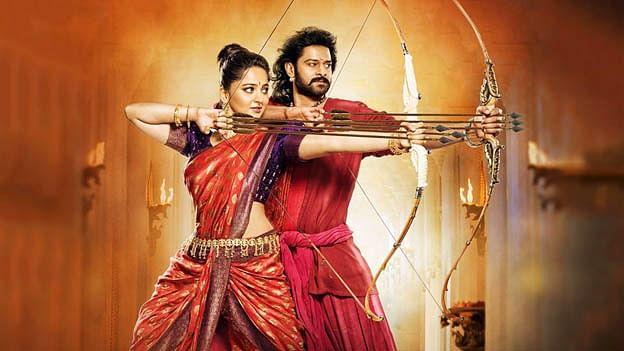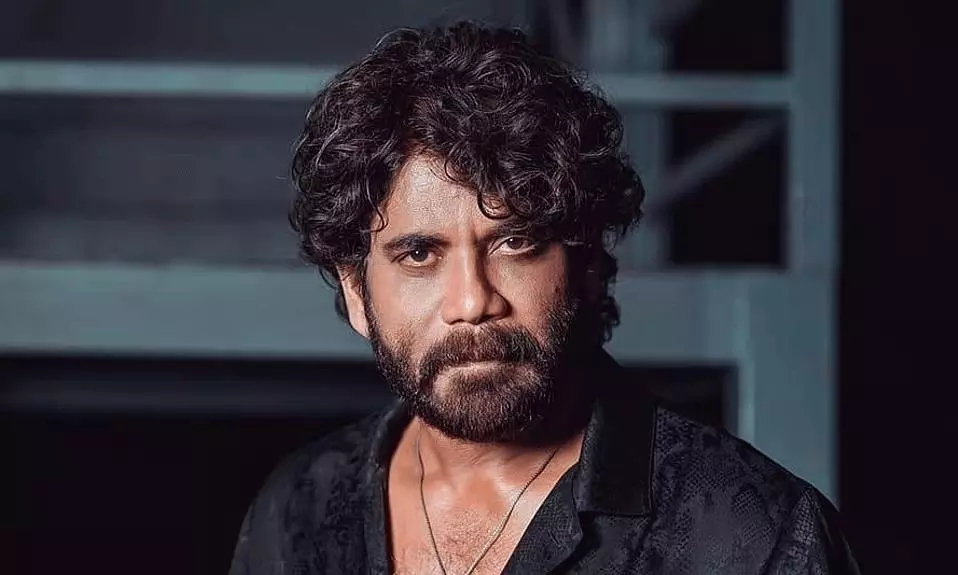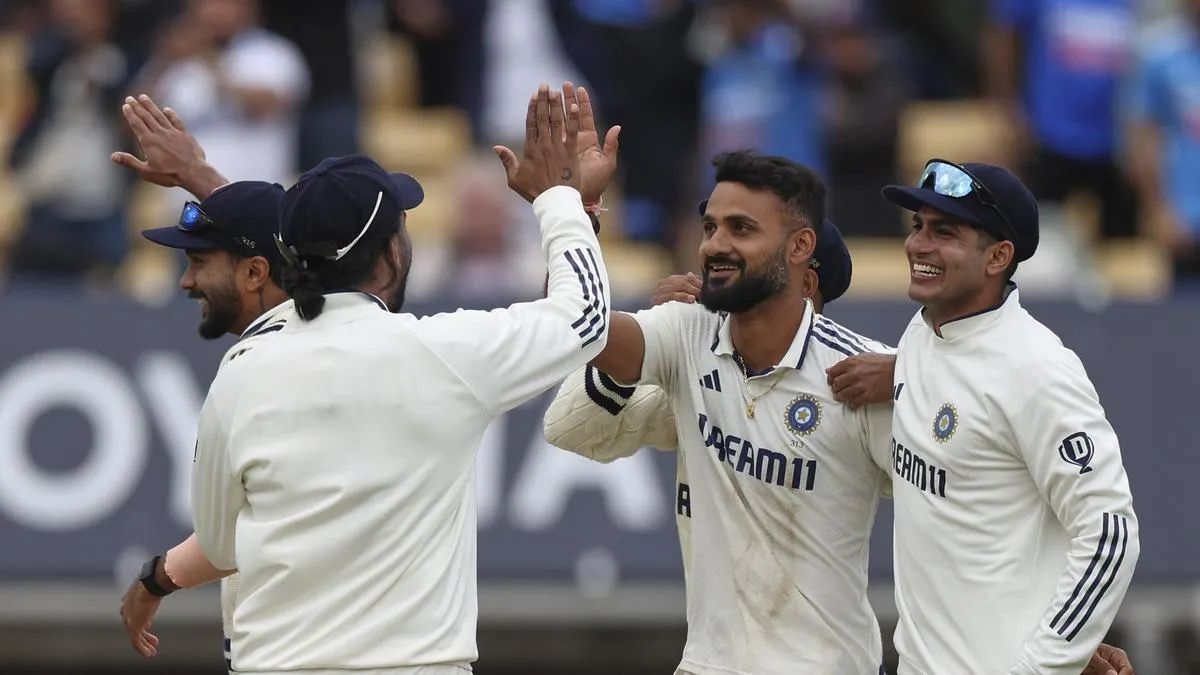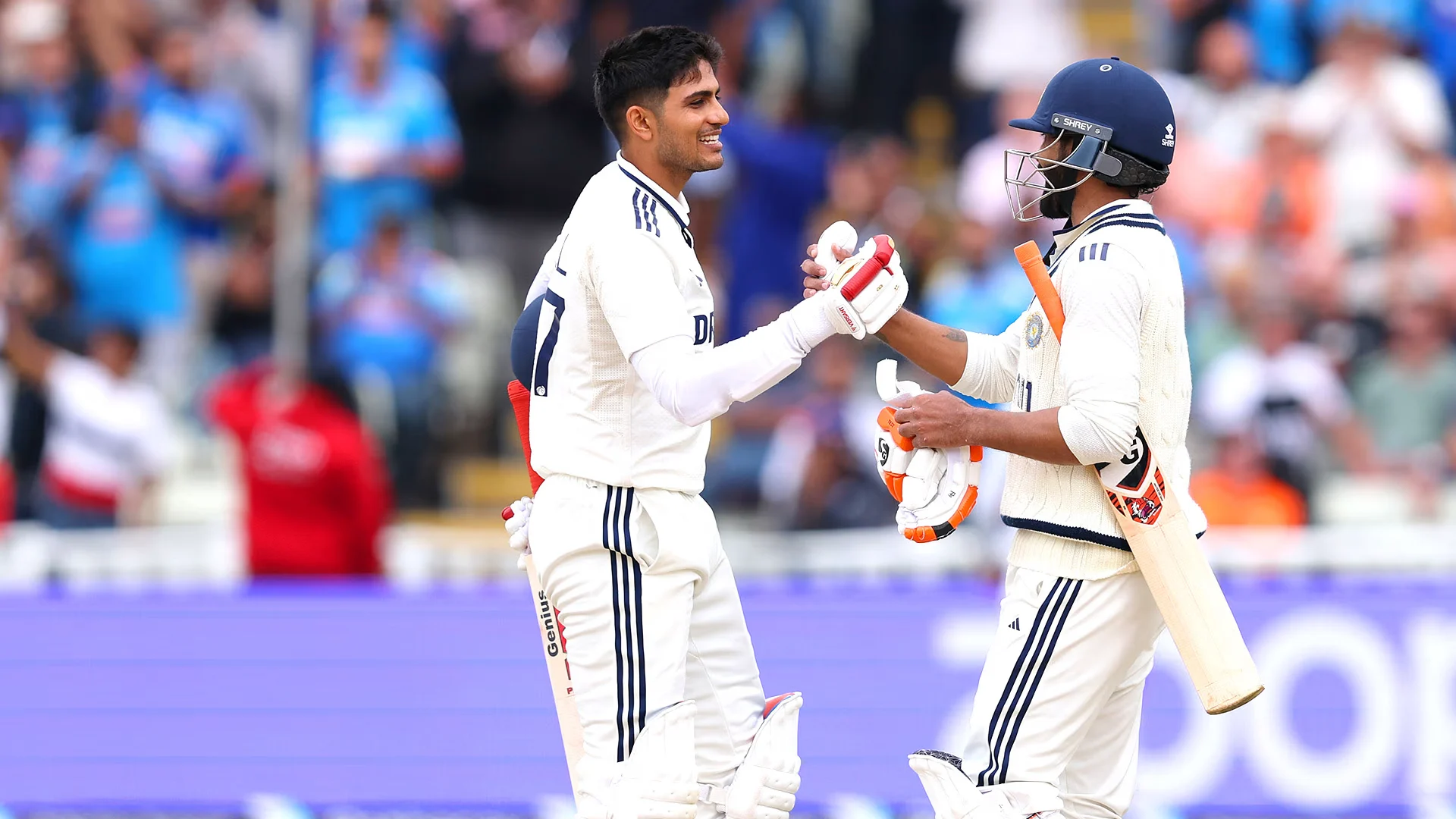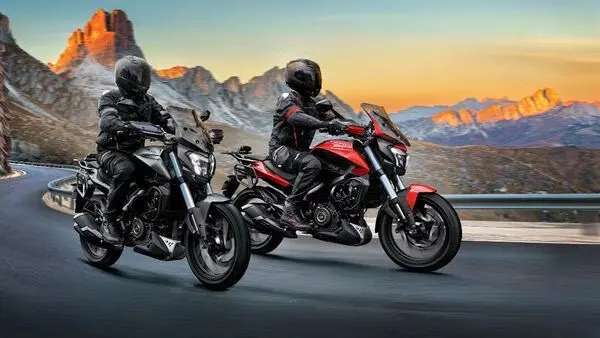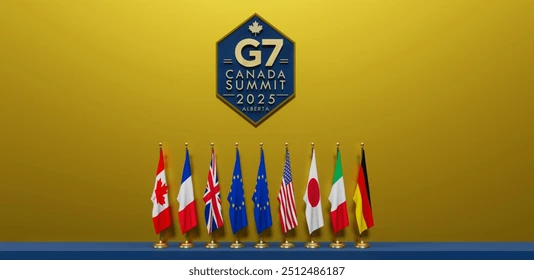
When Prime Minister Narendra Modi received an exclusive invitation to the 2025 G7 Summit, it wasn’t just a calendar event but a global statement. The invitation is a powerful symbol of India’s ascending status in international affairs. But what does it say about Modi’s global clout and India’s position in the world order? Let’s go behind the curtain and decode the signals.
Modi’s Global Clout in 2025 – A Product of Strategic Diplomacy
Over the last decade, Modi has redefined India’s foreign policy. From neighborhood-first to Act East and Global South alliances, his administration has positioned India as a balancing force between global superpowers.
- Defence ties with the U.S., France, and Israel are stronger than ever.
- Trade partnerships with Africa and Latin America are surging.
- Climate leadership through initiatives like the International Solar Alliance has boosted India’s green diplomacy.
According to Forbes, India is now considered the fifth-most influential nation in global decision-making, thanks largely to its assertive and balanced leadership.
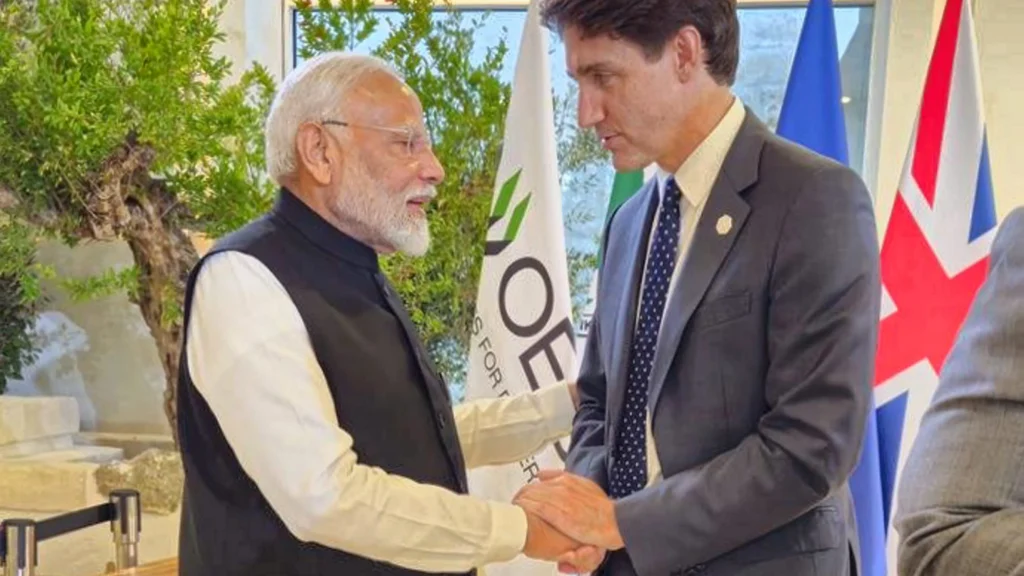
G7 Invitation – Symbolism Beyond Protocol
Not Just an Invite—It’s a Seat at the Power Table
The G7 is typically a club of the world’s richest democracies. Though not a permanent member, India’s presence sends a loud message: the West needs India to solve global problems. Whether it’s climate change, AI governance, or international supply chains, India is no longer optional; it’s essential.
Soft Power in Action
Modi’s brand of soft power—from yoga diplomacy to diaspora outreach—has crafted an international image of India as both ancient and modern, spiritual yet strategic. This duality adds to Modi’s global clout in an era where image is influence.
How Modi’s G7 Role Impacts India’s Internal & External Agenda
- Trade Deals: India gains leverage in negotiating bilateral and multilateral trade.
- Tech Collaborations: Strategic discussions at the G7 open doors for AI and space-tech collaborations.
- Internal Validation: International recognition boosts Modi’s domestic credibility ahead of future elections.
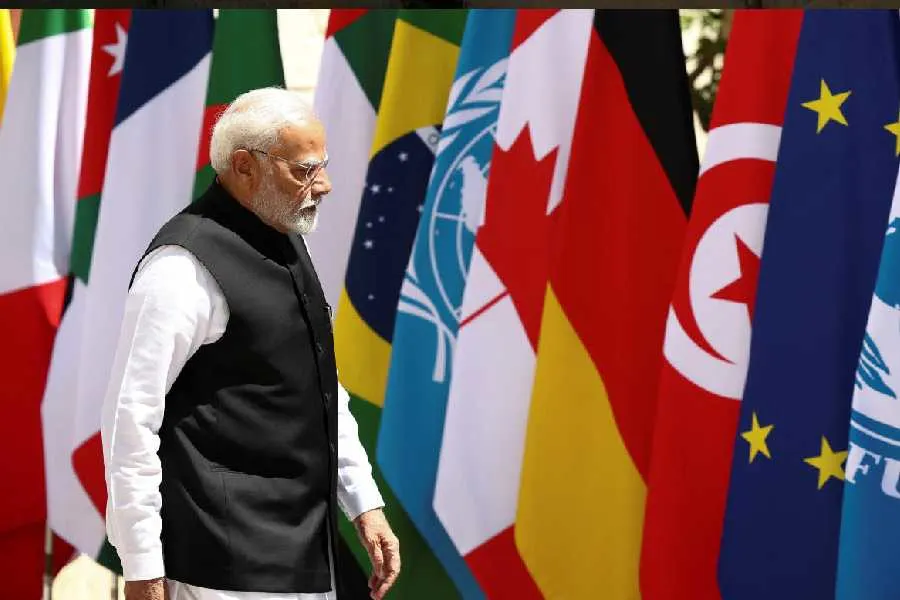
The Bigger Picture—India as a Middle Power with Superpower Influence
India today stands where China was two decades ago—respected, rising, and relied upon. With Modi at the helm, India is defining its narrative, rather than reacting to others’. The G7 invitation is both a reward and a responsibility.
Conclusion: A Moment That Defines a Generation
G7 invitation isn’t just about attendance—it’s a marker of India’s arrival on the world stage. It validates years of strategic diplomacy and positions India as an indispensable player in shaping global outcomes. As India steps into 2025, its destiny seems increasingly self-authored, and Modi’s global clout continues to shape that narrative.
Also Read: Narendra Modi In 2025: The Untold Truth of Reinvented Leadership or Recycled Power?
Disclaimer: This article is based on publicly available information, expert analysis, and opinion-based interpretation. It does not represent official government positions or classified intelligence.



